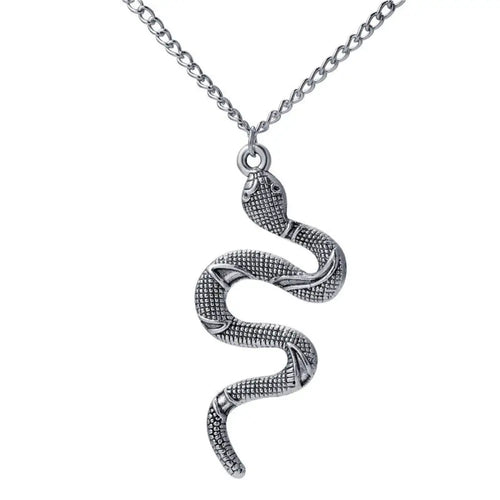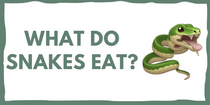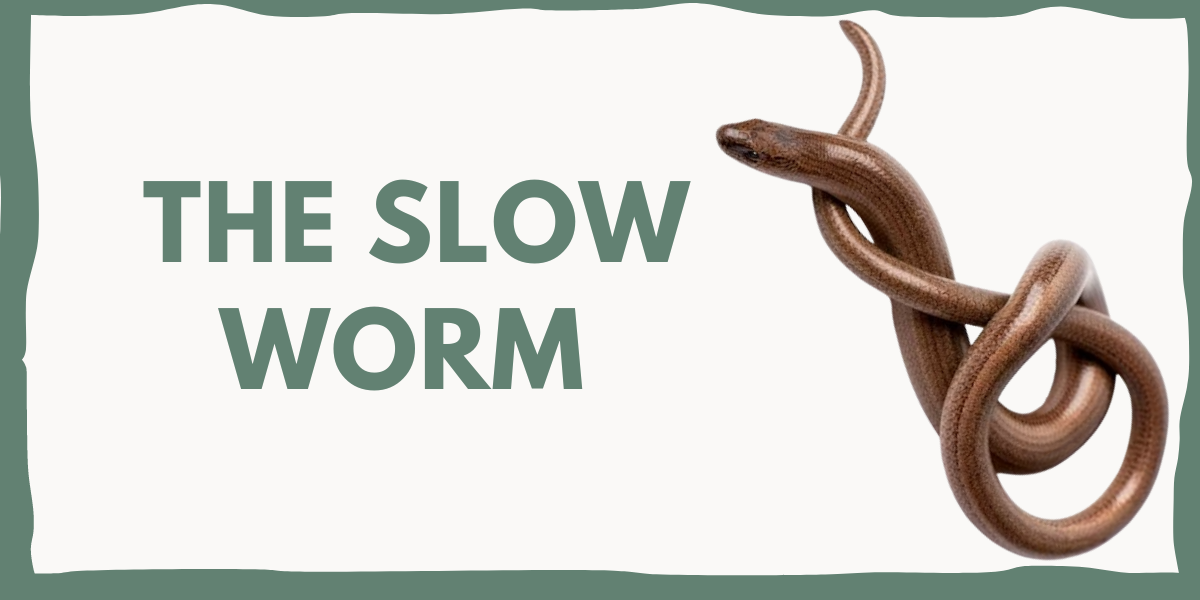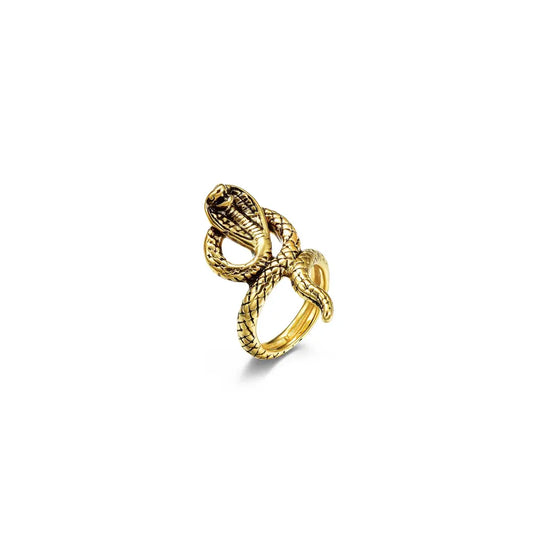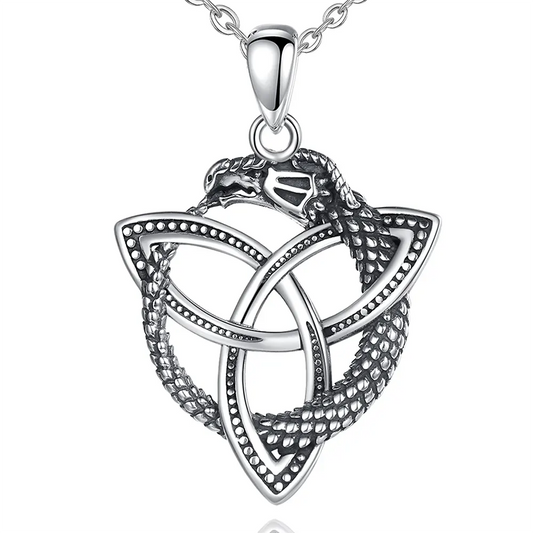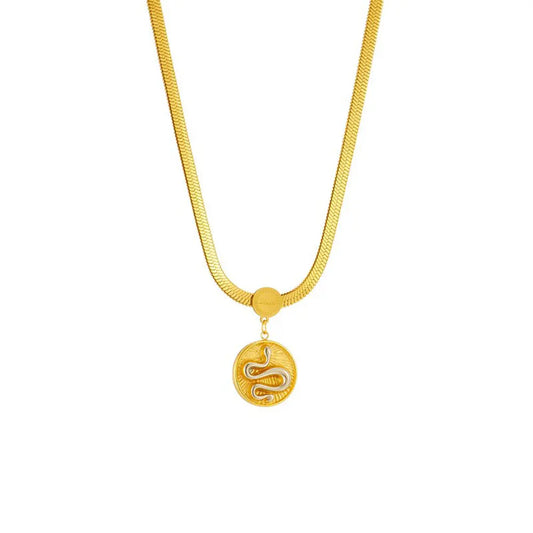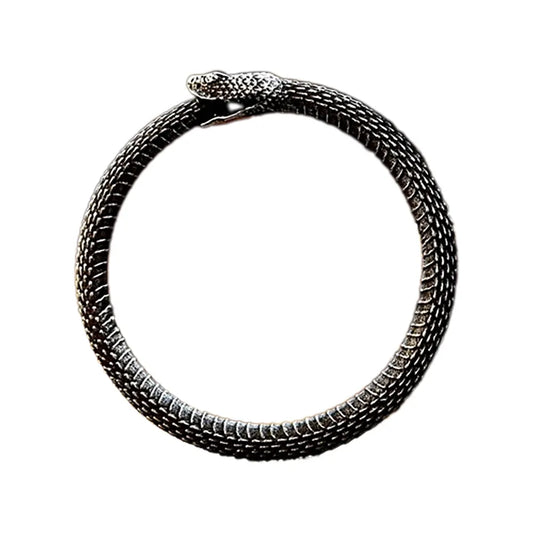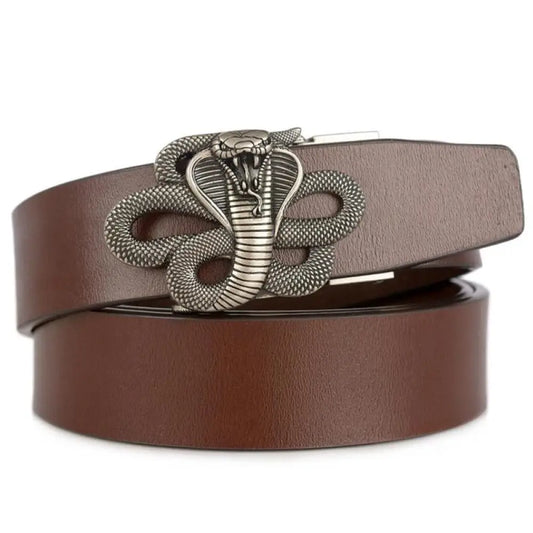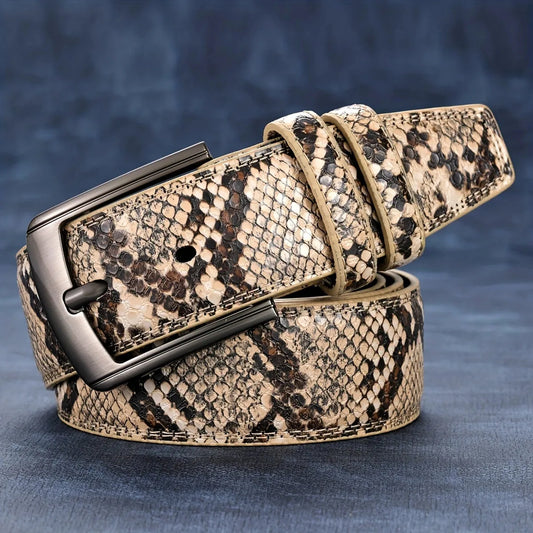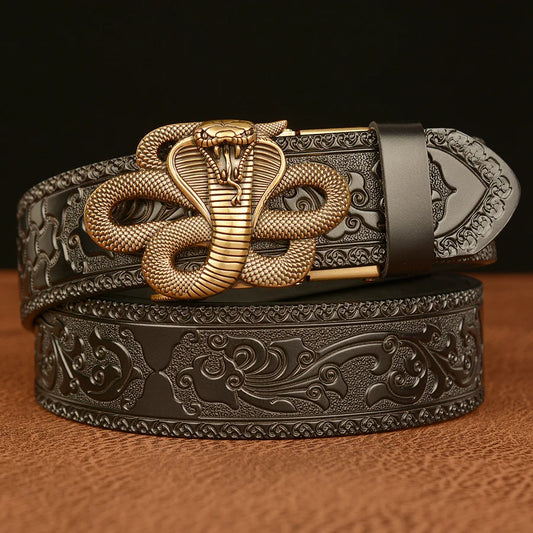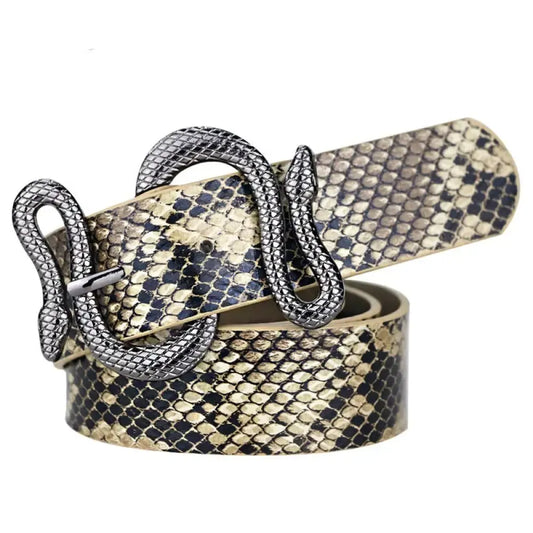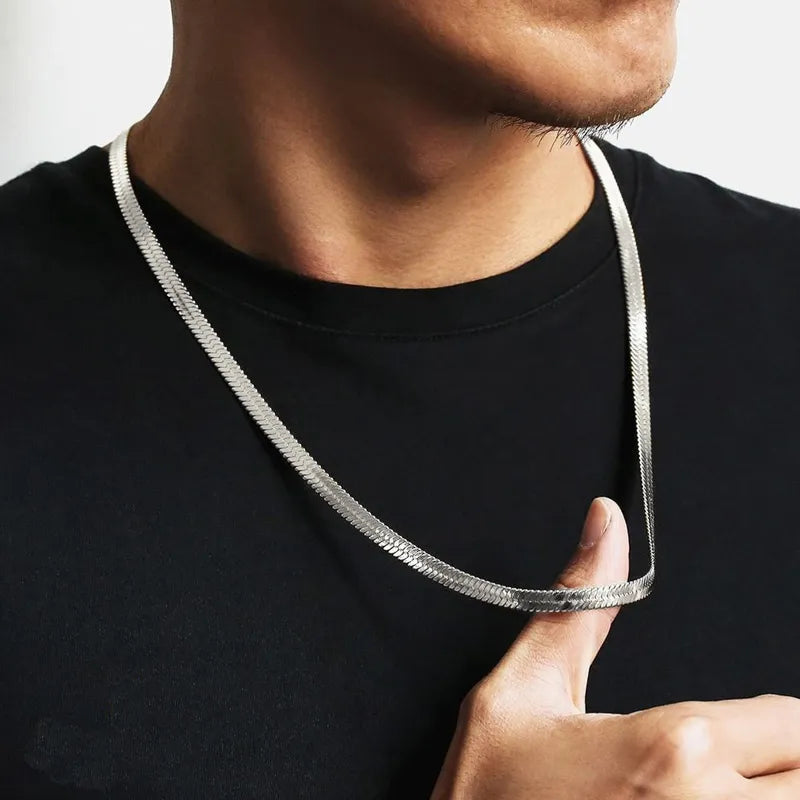Many of us know how to recognize a snake. Generally, it is a long, pawless, supple animal with a variety of colors. However, are you aware of an animal with almost the same characteristics, but which is not a snake?! 😮
A curious creature is known as the Slow worm. We will explain in our article how to recognize this reptile, which is often confused with a snake...
1. ANGUIS FRAGILIS or SLOW WORM
A. A LIZARD SNAKE?
The slow worm, from its scientific name Anguis Fragilis, is a species of lizards from the family Anguidae. It's neither a worm nor a snake. It's a lizard that has evolved to become legless. It does, however, retain relics of its legs, which can only be seen on X-rays.
It is sometimes called "Glass lizard" because of its fragility. It is an ectotherm reptile: it depends on the ambient temperature to maintain its body warmth 🥵/🥶.
Just like the snake, the slow worm sheds its skin. It is a long-lived species, surviving up to 30 years in the wild, while an individual in captivity has lived up to 54 years! 😅

B. SLOW WORM: COLOUR AND SIZE
This strange lizard, which looks like a snake because it has no legs, can reach a size of 20inches for the largest females. Its tail constitutes half of its size. It has a small head as an extension of its body. Its head is conical with a rounded nose, and small eyes with eyelids 👁️. The body of the slow worm is covered with, smooth scales and the coloring varies from silver-grey to copper bronze. This gives the reptile's body an almost glassy appearance and facilitates its movement in the ground.
Males have blue spots on their sides and a pale belly. Females often have a long black line extending across their back and a dark belly. Their large heads often recognize males. This difference between the sexes is called sexual dimorphism.
Juvenile slow worms are very thin and initially measure about 2inches long 📏. The young have a black belly and golden or silvery flanks, sometimes with a stripe along the length of the body if they are females.

2. HOW TO IDENTIFY AND RECOGNIZE AN SLOW WORM
A. SLOW WORM OR VIPER?
Several anatomical characteristics differentiate the slow worm from the snake:
- The slow worm is generally smaller than a snake.
- Unlike snakes, Slow worm has eyelids, so they can blink. 😉
- They have an opening that serves as their outer ear (auricular opening).
- They can separate from their tail to escape a predator, which no snake can do.
- They have a short, partially split tongue, which, unlike snakes, cannot come out of a closed mouth.
Measuring up to 20inches in length, a slow worm is often smaller and thinner than our common snakes in the United States (such as the ringneck snake), which easily reach one meter in length 🔍. When it comes to differentiating between vipers and slow worms, the color of the scales and the shape of the head leave no doubt as the difference is so significant. If you want to know how to identify a snake, we have a complete article on the subject!

B. THE MOULT OF THE SLOW WORM
The slow worm has a particularity in its skin. It compared to the snake. Indeed, this one does not overlap! Its small, shiny, and smooth scales allow it to move around easily.
Compared to snakes, the slow worm detaches itself from its skin gradually and mostly in sections. It's important to know this because these reptiles are quite discreet, so you can easily determine what type of beast you're dealing with! Thanks to the traces of skin you'll find in your garden.
3. IS THE SLOW WORM DANGEROUS?
A. THE SLOW WORM AND ITS TERRIBLE BITE... OR NOT!
Did you found a monstrous snake in your garden? Wait a minute; it might just be a harmless slow worm! 😮
Unfortunately, a slow worm is too often the victim of its resemblance to snakes. Every year, many people who meet it in the forest, in their garden or near their house, attack this gentle animal, thinking it is a dreadful venomous snake.
However, although the worm can theoretically bite with its small sharp teeth, it does not represent a danger to us ✔️. The worm is a non-venomous species, he's completely harmless and poses no threat to humans.
B. A SLOW WORM, NO DANGER!
Not very fearful, the slow worm is much less sensitive to ground vibrations caused by footsteps than snakes. While snakes run away as soon as something approaches them 💨, the slow worm is less fearful as long as you don't try to catch it. But this is rather a problem for it because it is not uncommon for children to try to catch and manipulate it in this way, with the risk of seriously injuring it. Cats love them very much 😺. Although the slow worm is not dangerous for cats, our small pets may injure or kill it while playing with it.
4. SLOW WORM IN EUROPE
The slow worm can be found in large part of Europe: from Great Britain, southern Scandinavia, and the Iberian Peninsula eastwards to Greece, Turkey, and the countries bordering the Black Sea 🌍. It's also present in the Baltic States of Estonia, Lithuania and Latvia, Russia, northern Iran, and parts of North Africa, including Algeria and Tunisia. The species is absent from many islands in the Mediterranean Sea and Ireland.
5. THE SLOW WORM AND ITS ENVIRONMENT
A. WHERE TO FIND SLOW WORMS?
Slow worms can be found in a wide range of habitats:
- Forest edges 🌳
- Hedges
- lush meadows
- Unmown grassy meadows
- Gardens
- Brownfields
- Bocages
The slow worm can also be found in compost. Indeed, the benefits from the warmth generated by the decomposition of plants but also from different insects that he will eat like slugs or snails. Although he is most active during the day, he stays very shy and spends his day buried under the ground. He can sometimes come out at dusk or after a rain shower to hunt.
B. HOW TO FIND SLOW WORMS?
Although they generally prefer humid habitats with dense vegetation around them (ditches, leaf piles, ...), slow worms can be seen in dry and warm weather, if there is enough shade. When the weather is suitable, you can sometimes find a slow worm resting in the sun on the grass or stone 😎. But unlike other reptiles, worms do not often sunbathe outdoors. Instead, they prefer to hide under logs or metal sheets to keep out potential dangers.
The slow worm is mainly found in places where the earth is soft, as it is a fossorial species. It can bury itself at a depth of more than one meter during the bad season.
6. PREDATORS OF THE SLOW WORM
A. THE SLOW WORM AS FOOD
Like most animals, worms have their natural predators and parasites. And that influences the lives of these small reptiles and the evolution of the entire species.
In the United States, slow worms are potential prey for various animals:
- Serpents (montpellier snake and vipers) 🐍
- Hedgehogs 🦔
- Badgers🦡
- Red Fox 🦊
- Rats 🐀
- And of course a wide variety of birds (Crow, Pheasant, ...) and birds of prey. 🦅
But such a small lizard has many other potential predators not mentioned here, such as cats and all kinds of rodents in urban areas.
The slow worm is not spared from parasites 🦠. There are two main common endoparasites (or internal parasites) that can infect slow worm in Europe. These are two nematodes, also called "roundworms"; which develop in their gastrointestinal system 😨:
In the rest of the world where slow worms are present, seven different species of parasitic worms have been observed in this reptile.
B. THE SLOW WORM AND ITS SEVERED TAIL
The slow worm is, as said before, often at risk from predators. Like many lizards, it can detach itself from its tail, allowing it to escape and leave the predator distracted by a wagging tail. Ingenious, isn't it? 🤓
This process occurs when the slow worm squeezes a muscle that breaks one of the tail vertebrae in half.
A new tail will eventually develop, although it is shorter than the original 😕. The term "fragile" (fragile), which composes the scientific name of the slow worm, comes from the ability to sacrifice its tail to protect the rest of its body from predation.
The most telling example to illustrate this ingenious defense mechanism is when a bird tries to eat the worm. When a bird tries to catch it, the worm "freezes." If the bird starts pecking at it, it will stay completely immobile and detach its tail from its body. The severed tail may twist for a few minutes. The bird then usually grabs the tail and flies away, letting the reptile escape. 🏃♂

7. WHAT DOES AN SLOW WORM EAT?
The food search is a two-step process. Very early at dawn, then as night approaches 🌙. The reason why these reptiles hunt at such times is to avoid predators.
Slow worms are hungry and have a very varied diet: slugs and invertebrates 🐌, spiders, beetles, insects, larvae, snails, earthworms, ... They could even eat up to 50 slugs a day! That's why gardeners love them, just as farmers love earthworms.
This reptile has curved, backward-pointing teeth that allow it to hold its prey, such as slugs, firmly, which are moist and slippery to the touch 🤢. The tongue of the worm is serrated rather than forked, as is the case with snakes. It allows it to have an excellent sense of smell.
Of course, this one needs water to survive 💧. Usually, dew or small puddles are sufficient.

8. SLOW WORM AND HIBERNATION
Around October, the slow worms burrow into the ground, find a crevice in a decaying tree stump, or a cozy pile of leaves to get ready for winter 🥶. In cold-blooded reptiles, this is known as brumation. This is not a true hibernation, because here the creatures do not fall asleep so deeply. But it is a way of saving their energy during the coldest months when food is rare.
This period usually lasts from October to March. The slow worms can hibernate alone or in groups with other slow worms. Such groups can consist of more than 100 specimens 😅.
After they emerge from their lethargy in March, worms can be seen again, as they prepare for reproduction in May.
9. SLOW WORM AND REPRODUCTION
Now the hibernation is over, and it's time to have children! The slow worms begin reproduction in May, and the young are born towards the end of the summer. Of course, to go to conquer the ladies, you'll have to go through scenes of fighting between males of incredible violence 😦. The damage can be important because let's not forgotten that these small reptiles have teeth...
The mating parade happens where a male bites and holds a female by her head, and the couple intertwines her body.
They are ovoviviparous. The pregnancy period is about three months. Babies are born in a viscous egg sac, which opens shortly after leaving the mother's body. They give birth to between 10 and 20 babies 👶 and each little one sizes between 2 and 4 inches.
The growth of small slow worm is relatively slow ⌚. It takes 6 to 8 years for an individual to reach adult size. Males reach sexual maturity after 3 to 4 years, while females take 4 to 5 years to become capable of reproduction.
10. THREATS AND PROTECTIONS FOR SLOW
A. SLOW WORM: AN ENDANGERED SPECIES
Slow worms are protected by law ⛔. This prohibits intentional killing, injury, sale, or exchange in any manner whatsoever.
The global population of slow worms has decreased 📉. This is mainly due to the transformation of its habitat: increasing urbanization is causing the disappearance of its natural habitats.
Also, they are very sensitive to pesticides and insecticides used massively by the agro-food industry. These toxic substances are found in large quantities in the soil and in the invertebrates on which the worms feed ☣️. In general, the common slow worm is vulnerable to soil pollution, whether chemical or radiological (incidents at nuclear power plants such as the Chernobyl cloud).
Finally, slow worms are victims of their resemblance to snakes. Many people still kill these harmless reptiles today when they come across them because they think they are dangerous snakes due to a lack of knowledge. 😡
By the way, we wrote an article about what dangerous snakes are. I strongly invite you to read it 😉.
B. THE PROTECTION OF SLOW WORMS
In the United Kingdom, the slow worm is protected under Schedule 5 of the Wildlife and Countryside Act, which prohibits the intentional killing, injuring, or sale of the species 👍. It has also been added to the UK Biodiversity Action Plan and the Scottish Biodiversity List as a priority species for conservation due to its declining population as a result of habitat loss.
It is, therefore, better not to attempt to capture a wild worm. The best thing to do if you discover one is to leave it where it is (and put back the stone it was under!).
11. A WORM IN MY GARDEN!
A. HOW DO YOU ATTRACT WORMS TO YOUR GARDEN?
Are you passionate about reptiles, and would you like to be able to observe wild slow worms in your garden? It's possible 😀 ! There are a few tricks you can use to make your garden more attractive to these little creatures:
- Do not cut the grass too short: Indeed, you will have a more diversified flora which will attract insects and therefore slow worms too.
- Avoid returning the soil: As you now know, worms can dig tunnels. If you turn the soil over a large area and depth, you may disturb these poor little reptiles and drive them away.
- Do not use pesticides and chemical herbicides: These products are toxic to the common rabbit (and to your garden in general ☠️), which can be contaminated by the slugs and worms that it feeds on.
- Leave a "wild" corner of the garden: a small space that you do not maintain and where you place stones and branches. The perfect place for slow worms!
- Keep an eye on your cat when he stays outside for too long: he may have found a poor little slow worm to "play" with...
By implementing all these tips, you maximize your chances of being able to observe slow worms at home 🔎 ! But don't forget that these animals are very discreet and are not found in equal numbers in all regions.
B. HOW DO YOU CATCH A SLOW WORM?
Here are a few tips on how to handle a worm and avoid an unenviable ending:
- Make sure it's a worm and not a snake. It may sound ridiculous, but you can never be too careful. 😅
- Don't grab it by the tail (gently put her head on the ground to catch it).
- Hold it with sweetness.
- Don't squeeze it between your fingers or hands.
- Let it slip through your fingers and release it.
That concludes this article on the slow worm, this so particular legless lizard! 🙂
If you've been reading so far, you must be a reptile enthusiast like us! .We believe that the world of reptiles is not something reserved for a small group of passionate and deserves to be highlighted.
We created The Vipers House® to democratize this passion for reptiles. If you are a snake fan, discover our sublime Snake Rings, our impressive Snake T-Shirt, or our giant and colorful Snake Plush! 🐍


































































